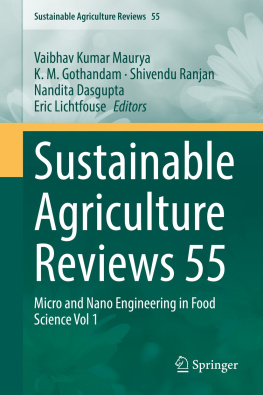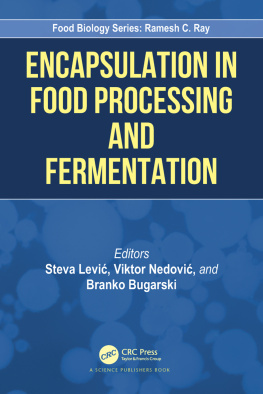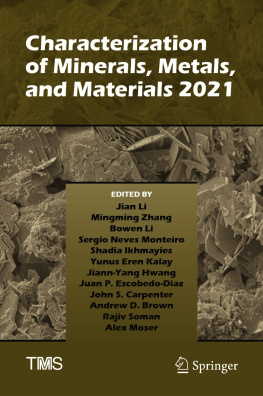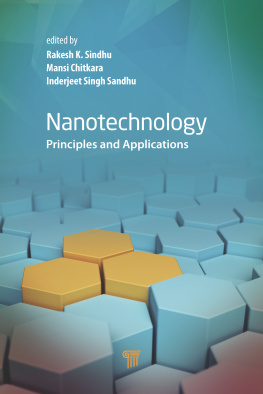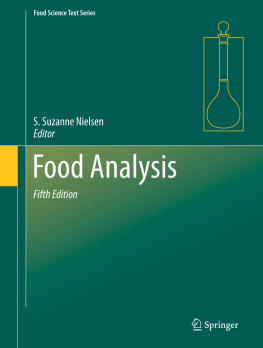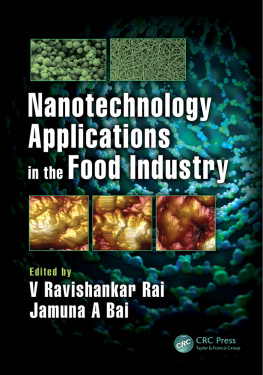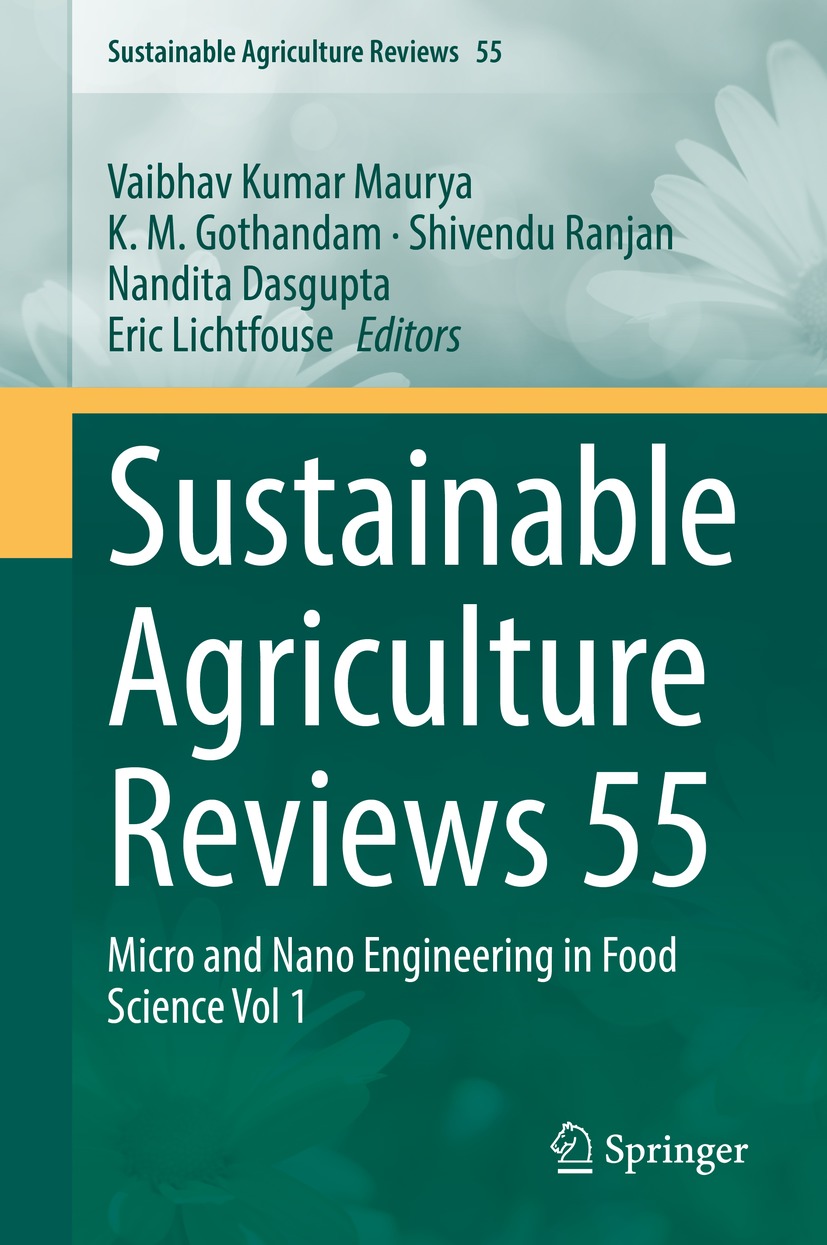Volume 55
Sustainable Agriculture Reviews
Series Editor
Eric Lichtfouse
Aix-Marseille UniversityCNRS, IRD, INRAE, Coll France, CEREGE, Aix-en-Provence, France
Other Publications by Dr. Eric Lichtfouse
Books
Scientific Writing for Impact Factor Journals
https://www.novapublishers.com/catalog/product_info.php?products_id=42242
Environmental Chemistry
http://www.springer.com/978-3-540-22860-8
Sustainable Agriculture
Volume 1: http://www.springer.com/978-90-481-2665-1
Volume 2: http://www.springer.com/978-94-007-0393-3
Book series
Environmental Chemistry for a Sustainable World
http://www.springer.com/series/11480
Sustainable Agriculture Reviews
http://www.springer.com/series/8380
Journal
Environmental Chemistry Letters
http://www.springer.com/10311
Sustainable agriculture is a rapidly growing field aiming at producing food and energy in a sustainable way for humans and their children. Sustainable agriculture is a discipline that addresses current issues such as climate change, increasing food and fuel prices, poor-nation starvation, rich-nation obesity, water pollution, soil erosion, fertility loss, pest control, and biodiversity depletion.
Novel, environmentally-friendly solutions are proposed based on integrated knowledge from sciences as diverse as agronomy, soil science, molecular biology, chemistry, toxicology, ecology, economy, and social sciences. Indeed, sustainable agriculture decipher mechanisms of processes that occur from the molecular level to the farming system to the global level at time scales ranging from seconds to centuries. For that, scientists use the system approach that involves studying components and interactions of a whole system to address scientific, economic and social issues. In that respect, sustainable agriculture is not a classical, narrow science. Instead of solving problems using the classical painkiller approach that treats only negative impacts, sustainable agriculture treats problem sources.
Because most actual society issues are now intertwined, global, and fast-developing, sustainable agriculture will bring solutions to build a safer world. This book series gathers review articles that analyze current agricultural issues and knowledge, then propose alternative solutions. It will therefore help all scientists, decision-makers, professors, farmers and politicians who wish to build a safe agriculture, energy and food system for future generations.
More information about this series at http://www.springer.com/series/8380
Editors
Vaibhav Kumar Maurya
Centre for Food Research and Analysis, National Institute of Food Technology Entrepreneurship and Management (NIFTEM), Sonipat, Haryana, India
K. M. Gothandam
School of Bio Sciences and Technology, Vellore Institute of Technology, Vellore, Tamil Nadu, India
Shivendu Ranjan
Faculty of Engineering and the Built Environment, University of Johannesburg, Johannesburg, South Africa
Nandita Dasgupta
Department of Biotechnology, Institute of Engineering and Technology, Lucknow, Uttar Pradesh, India
Eric Lichtfouse
Aix-Marseille University, CNRS, IRD, INRAE, Coll France, CEREGE, Aix-en-Provence, France
ISSN 2210-4410 e-ISSN 2210-4429
Sustainable Agriculture Reviews
ISBN 978-3-030-76812-6 e-ISBN 978-3-030-76813-3
https://doi.org/10.1007/978-3-030-76813-3
The Editor(s) (if applicable) and The Author(s), under exclusive license to Springer Nature Switzerland AG 2021
This work is subject to copyright. All rights are solely and exclusively licensed by the Publisher, whether the whole or part of the material is concerned, specifically the rights of translation, reprinting, reuse of illustrations, recitation, broadcasting, reproduction on microfilms or in any other physical way, and transmission or information storage and retrieval, electronic adaptation, computer software, or by similar or dissimilar methodology now known or hereafter developed.
The use of general descriptive names, registered names, trademarks, service marks, etc. in this publication does not imply, even in the absence of a specific statement, that such names are exempt from the relevant protective laws and regulations and therefore free for general use.
The publisher, the authors and the editors are safe to assume that the advice and information in this book are believed to be true and accurate at the date of publication. Neither the publisher nor the authors or the editors give a warranty, expressed or implied, with respect to the material contained herein or for any errors or omissions that may have been made. The publisher remains neutral with regard to jurisdictional claims in published maps and institutional affiliations.
This Springer imprint is published by the registered company Springer Nature Switzerland AG
The registered company address is: Gewerbestrasse 11, 6330 Cham, Switzerland
Preface
Think Circular
This book is the first of several volumes on micro- and nanoengineering in food science published in the series Sustainable Agriculture Review. Food quality is crucial for health and survival of humans and other living organisms. Nanotechnology has been a time-tested tool in revolutionizing different sectors such as pharmacy, healthcare , textiles, pulp and paper, energy, transport, agriculture, and information technology. Currently, the application of nanotechnology in the food sector is in its burgeoning state across the globe. Let food be thy medicine and medicine be thy food , although this was quoted 2500 years ago, it can be achieved in true sense, as the properties of micro-/nanoparticles can be exploited to design and develop quality food with desired functionalities such as extended shelf life; smart packaging ; enhanced bioavailability of bioactive compounds ; improved taste, texture, and appearance; and smart sensing of contaminants and foodborne pathogens . In particular, this book features the application of nanotechnology in food science with a significant and up-to-date review focusing on fundamental concepts, current trends, limitations, and future directions. Distinguished engineers, researchers, and technologists from renowned institutions have contributed chapters that deliver a comprehensive depiction of their particular subjects.
In its premise, the book states essential concepts of micro- and nanoengineering approaches and effective integration of other disciplines to design micro-/nanomaterials which are compatible for food application. Due to the contribution of unique chapters from leading researchers, this book has become a reference source for research scholars, teachers, scientists, and postgraduate and graduate university students, who are attracted to the field.

